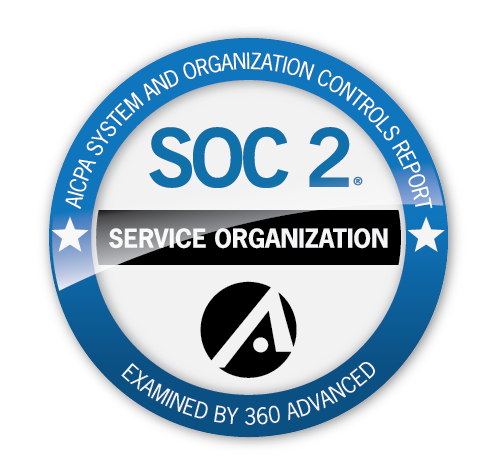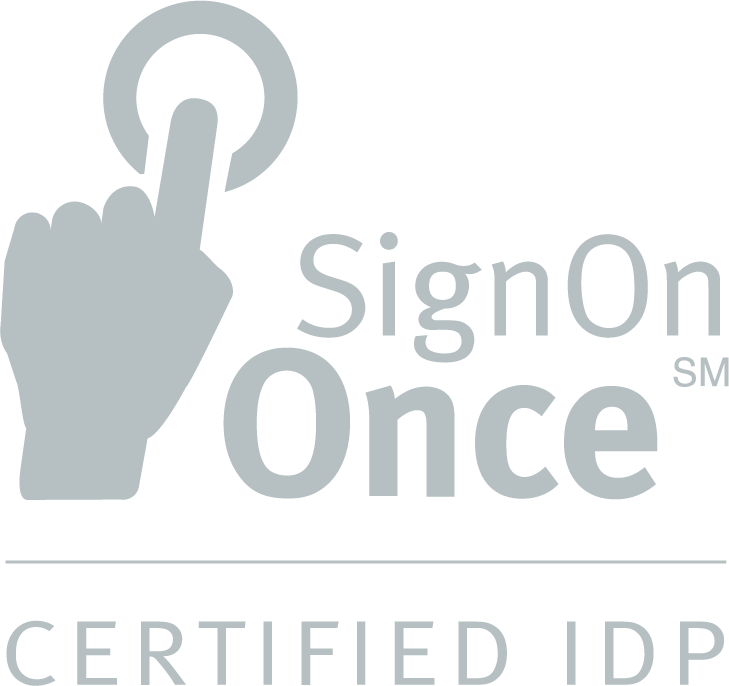IRMI defines a hard market as “the upswing in the insurance market cycle, when premiums increase, coverage terms are restricted, and capacity for most types of insurance decreases.” This upswing can happen in response to a variety of challenges, including:
- Falling investment returns for insurers
- Economic factors that drive up carrier expenses
- Difficulty securing reinsurance
- More severe or more frequent losses
- Regulations or new laws that impose restrictions or burdensome requirements on carriers
Any of these elements can put pressure on the insurance market. But what we are seeing in 2023 is akin to a perfect storm, where these factors are converging to create what the American Property Casualty Insurance Association (APCI) called in March, “the hardest market cycle in a generation.”
What the independent insurance channel is up against
Record inflation and high replacement costs from continued supply strains. Inflation dipped this year, down to 3.2% from the four-decade high of more than 8% a year ago. But consumers and businesses are still being squeezed by price surges for goods and labor. For example, the APCI notes that as of the end of 2022, the “overall cost of residential single-family home construction materials remains up 33.9 percent” compared to January 2020.
Agents and carriers are being thrust into the role of fortune tellers as they try to anticipate the costs for claims down the road. Brian Elliott, senior vice president of Catalytic Risk Managers, told Independent Agent Magazine in August:
“You can write a policy, and a month later the replacement cost isn’t right anymore.”
Skyrocketing losses from natural disasters. Forbes Advisor reported that between 2018 and 2022, the U.S. has seen an annual average of 18 climate disasters resulting in at least a billion dollars in damages. As of September, 2023 has experienced 23 events that have generated losses and damage in excess of $1 billion.
Carriers are taking a direct hit. In their recent whitepaper on catastrophe losses, Verisk reports:
“Over the past 5 years, actual insured losses from natural catastrophes have averaged USD 101 billion compared to an average of less than USD 70 billion over the previous 5-year period.”
As a result, some insurers are pulling out of high-risk, high-loss areas—either by declining to write new business, declining to renew business, or by outright terminating existing policies.
A bumpy reinsurance landscape. Reinsurers have been under pressure for several years to improve their returns. As a result, an August 2023 report from AM Best notes, reinsurers have spent the last few years “realigning their risk profiles, reallocating capital, re-underwriting, and repricing.” In addition, while global reinsurers are well capitalized, many have become more cautious in deploying that capital, and inflation and rising interest rates has made raising capital a more expensive prospect for smaller and new reinsurers. As a result, there is more demand for reinsurance than supply in the current market.
Surging costs of litigated claims due to social inflation. The National Association of Insurance Commissioners (NAIC) attributes this trend to factors like “nuclear” verdicts and the rise of third-party litigation funding (TPLF). Carrier costs are spiking as juries are issuing more judgement awards of $10 million or more, most often against corporate defendants. And with TPLF, entities with no direct involvement in cases—such as hedge funds—are turning claims litigation into investment opportunities by funding plaintiffs and pushing for big judgements. In some cases, third-party funders have blocked or influenced settlements in a bid to reap higher awards.
Several lines of business have been more susceptible to social inflation—including product liability and malpractice—but commercial auto insurance has been hit especially hard. Burns & Wilcox Brokerage notes:
The average verdict “against a commercial transportation client rose from $2.3 million in 2010 to $22.3 million in 2021, a stunning 1,000% increase.”
What the hard market means for independent agencies
With the higher premiums that accompany a hard market, agencies can see a profit boost from their existing business.
But those higher premiums also mean clients are more likely to start shopping around for coverage. And in states where carriers are limiting new business or pulling out of some lines of business altogether, agencies face more work as they scramble to secure new coverage for clients.
As a result, agencies can expend as much effort to retain clients as they do to find new ones. And while carriers are directly impacted by higher claims costs, agencies are on the frontlines of working through the fallout: disgruntled clients, a jump in non-renewals and cancelations, and new difficulties or underwriting requirements to place business. Those extra stressors—combined with the long-standing talent shortage in the insurance industry—can increase burnout and turnover among insurance professionals.
Six ways technology is helping agencies win
The good news is that there are clear ways agencies can address these market forces—and often with their existing tools and resources.
Personalized client communication—at scale
With some lines of business seeing double-digit YOY premium rate increases, more clients are getting sticker-shock during renewals. When that happens, end-insured are more likely to shop around if they don’t have:
- A good understanding of what’s driving premium prices
- A solid relationship with their agency
Agencies can mitigate these challenges with regular communication about the current state of the insurance market—well before a client’s policy renewal. Proactively educating clients can ease the renewal conversation by helping them understand the big picture and, more importantly, prepare for a potential rate increase. It also enables agencies to reinforce their role as a trusted risk advisor and reinforce their value with their insureds.
Technology can help make frequent, targeted client communication feasible. For example, Vertafore Client Communications (available at no cost for AMS360 users on a Core or VAP package using VSSO) enables agencies to easily plan and send timely messages to clients, segmented by lines of business, renewal dates, and more.
Some agencies are using this technology to provide expert market insights and news to clients. And sent messages sync in real-time with AMS360, making it easy for account managers and CSRs to keep track of outbound communications and assign follow-ups.
"From happy birthdays to renewal reminders to proactive risk management advice, we can reach our clients with the right information at the right time without having to add a lot of work or more staff.”
Likewise, AgencyZoom enables agencies to leverage configurable email templates; create automated communications sequences for clients based on carrier, policy type, lead source, and other criteria; and to rapidly send pre-filled emails to individual clients at the click of a button. Agencies can use these capabilities for everything from onboarding to birthday wishes to asking for feedback on their services.
Expanded uses for automated rating platforms
In a more normal market, agencies most often leverage raters to capture new business. But in the face of rising premiums and changes in carrier appetites, raters are a lifeline to retain clients. Solutions like PL Rating—covering 300+ carriers and all 50 states—and Commercial Submissions can help agencies quickly requote business for clients who want to shop around. And they can reduce the burden of remarketing business on the heels of a bulk non-renewal.
“PL Rating makes my job so much easier when having to comparison shop insureds’ renewals. It allows me to use one platform for all of our carriers to know the best possible rate for that client.”
When it comes to attracting new business, agencies can get an edge by adding a client-facing rating tool. Consumer Rate Quotes (CRQ) for PL Rating gives clients the ability to explore real-time, multi-carrier competitive quotes 24/7 from an agency’s website. CRQ for PL Rating is ideal to attract the 75% of consumers who prefer to start their shopping experience online. And the information that prospects enter goes into PL Rating, so agents can close the business more quickly.
Make your agency easy to do business with
Industry commentators continue to talk about the post-pandemic changes in insureds’ expectations for one reason: the changes are real. Consumers can order new shoes with a click of a button before going to bed and have them on their doorstep in time for their morning walk. These consumers aren’t as willing to be limited by traditional business hours, and they are more likely to want to handle transactions digitally.
- An agency-owned client portal allows insured to access policy information, documents, and endorsements on their schedule. The clear upside for agencies is efficiency, as agents and CSRs spend less time on low-value tasks like sorting through paperwork and pulling certificates. Agencies using InsurLink, for example, report as much as a 90% reduction in time spent per certificate or auto ID request.
InsurLink integrates with AMS360 and Sagitta, allowing data to flow between the portal and an agency’s management system. And an agency-owned portal brings other benefits in contrast to carrier portals (the most common alternative), such as increased brand recognition and stickiness for the agency, as well as an additional avenue to communicate with clients. The combination of reduced friction in the client experience and better brand visibility can help agencies drive higher retention rates.
- E-signature technology also pays dividends for agencies looking to improve their client experience. A recent Vertafore survey of 800 insurance professionals shows that after an agency management system, electronic signatures top the agency tech stack, with more than 60% reporting e-sign use. That means e-signatures have become table stakes to keep pace with client expectations and to close business faster.
Vertafore Orange Partner DocuSign is the world’s leading electronic signature solution and allows clients to complete transactions on practically any device. The DocuSign integration with Vertafore’s products enables agencies to deliver straight-through processing without a digital transaction management solution.
Leverage premium finance providers to help clients manage rising costs
Insurance premium financing can provide insureds—especially commercial insurance clients—with more flexibility and options to manage their coverage expenses. Financing services are cost-free to agencies and the Vertafore Orange Partner program includes nine premium finance providers. These vetted companies integrate with AMS360 and Sagitta, allowing Vertafore users to quickly access these services and easily move data between the providers and their agency management system.
Improve advising with an insurance knowledge database
Even with automating rating tools, some agencies are facing steep challenges in areas where carriers are changing their appetites. From classifications and recommended coverages to analysis on current trends, an industry knowledge database (like ReferenceConnect) gives agencies access to the most up-to-date insurance information from carriers and top publications.
Some agencies that routinely incorporate a knowledge database into their prospective and renewals process report reducing the time spent searching for policy info to 10 to 15 minutes, down from 1 to 2 hours per search. Insurance knowledge databases can also assist new producers and staff with getting up to speed; help agencies spot new carrier partners and new lines of business; and give agents the information to take a consultative approach to their work with clients.


